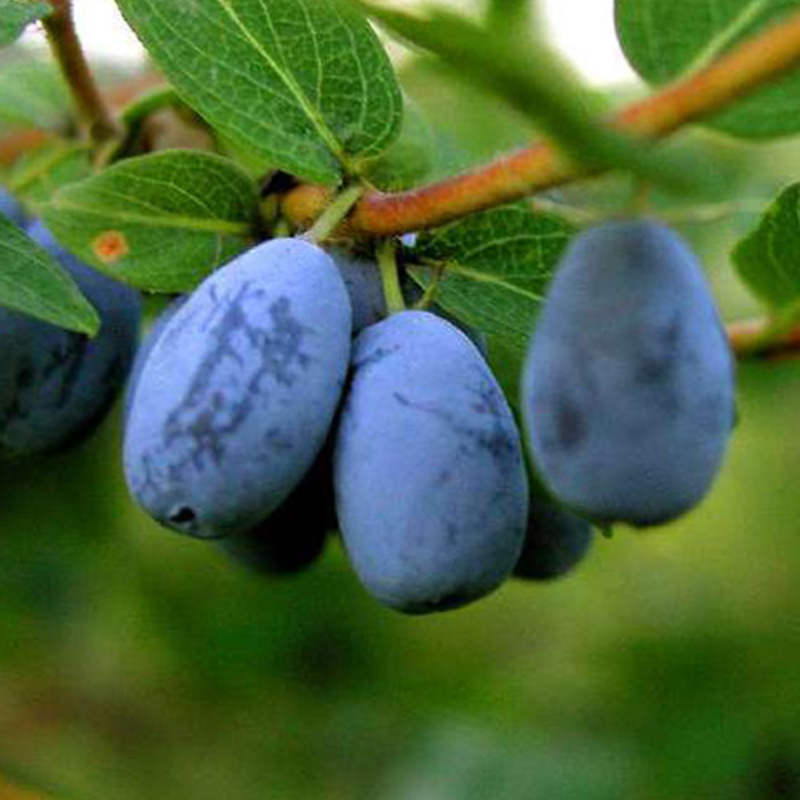- Species and varieties: Lonicera caerulea, commonly known as honeyberry, has several varieties including 'Blue Velvet', 'Blue Moon', 'Blue Pacific', and 'Borealis'. These varieties are known for their sweet-tart berries that resemble blueberries in appearance and taste.
- Hybrid or heirloom: Lonicera caerulea seeds can be both hybrid and heirloom. Heirloom varieties are often prized for their unique flavors and historical significance, while hybrid varieties are bred for improved disease resistance, yield, and growth characteristics.
- Pruning and training: Pruning is essential for maintaining the health and productivity of honeyberry plants. Prune in late winter or early spring before new growth begins. Remove any dead, damaged, or diseased wood, and thin out crowded branches to improve air circulation and light penetration.
- Fertilization needs: Honeyberries benefit from a balanced fertilizer applied in early spring. A 10-10-10 (N-P-K) fertilizer is suitable. Avoid over-fertilizing, as this can lead to excessive vegetative growth at the expense of fruit production. Mulching around the base of the plants can help retain moisture and suppress weeds.
- Hardiness zones: Lonicera caerulea is suitable for USDA hardiness zones 2 through 7. This makes it an excellent choice for gardeners in colder climates where other fruiting plants may struggle.
- Climate requirements: Honeyberries thrive in cool climates and require a period of winter chill to produce fruit. They prefer full sun to partial shade and well-drained soil. They are also tolerant of a wide range of soil pH levels, from acidic to slightly alkaline.






